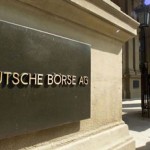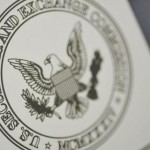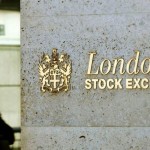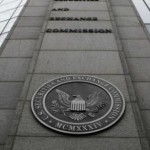Should investors be worried about an ETF bubble?
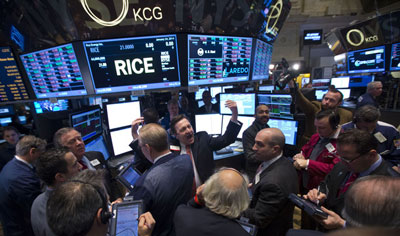
Exchange-traded funds (ETFs) have stormed the markets in recent years, which is hardly surprising when you consider the shedload of criticism the active management industry has faced over its failure to provide value.
It’s clear that investors have been turning their backs on mutual funds and flocking to cheaper passive products – like ETFs – instead. Figures from research firm ETFGI show that ETFs have reached a new record, with flows swelling to $391bn in the first seven months of this year, already overtaking the new assets gathered throughout the whole of 2016.
So yes, ETFs have been gaining traction, which is positive news for investors who have been let down by expensive poor-performing active funds. But the rapid pace of growth is also causing concern, with various speculators warning that the huge amounts of money piling into ETFs is creating a stockmarket bubble.
The worry is that ETFs are inflating asset prices, and that the liquidity provided by these products – which is what makes them attractive to investors – has never really been put to the test in a market crash. This was voiced by Oaktree Capital’s Howard Marks, who told the Financial Times that managing assets “on autopilot” causes investment trends to reach excessive levels.
According to Brian Dennehy of Fund Expert, ETFs are now responsible for a huge 50 per cent of daily trading in the US, while the average holding period for the largest ETF tracking the US stock market amounts to just 12 days.
“That has nothing to do with investing – that is speculation,” he says, warning that ETFs encourage manic buying and selling.
The financial adviser explains that “irrationality is the essential element which distinguishes a bubble from a mere boom”.
He argues that this irrationality is clear in the current ETF market, with investors ignoring the “extraordinary overvaluation” of the underlying holdings, failing to discriminate within sectors, and making no attempt to identify quality companies.
Perhaps – most worryingly – is investors are wrongly assuming that low charges and rising markets mean ETF products are low risk.
“This is the antithesis of rational investing, and when ETFs dominate day-to-day trading, it’s clear that there is a mania now in place.”
But perhaps it’s not passive products that are the real problem here.
While money is clearly flooding into ETFs, they still only account for a small portion of the global market. Therefore flows haven’t hit such a level that they would cause distortions in the markets. Ben Seager-Scott, chief investment strategist at the Tilney Group, says there are still plenty of active managers who are able to exploit mispricing opportunities.
The other question is whether investors are simply putting too much money in the stockmarket. Kathleen Brooks from CityIndex points out that ETFs are merely the conduit of capital flows, meaning an exchange-traded fund is one instrument investors use to tap the stockmarket.
Asking whether ETFs are a specific cause for great concern is like asking whether mutual funds are a specific cause for concern, adds Seager-Scott.
So perhaps it’s not the ETFs themselves that are pushing prices higher, but rather the attractiveness of the bull market, helped by record low interest rates.
As for liquidity, the big factor that attracts investors to ETFs is the ability to buy and sells shares at any point during the trading day.
But investors need to remember that the liquidity of a fund is going to be limited by the underlying holdings – meaning there could be a potential mismatch between the illiquidity of the assets and the structure of the product.
This problem is even more pronounced in markets or sectors that are inefficient and don’t have a great deal of liquidity, such as emerging markets.
Mark Fitzgerald of ETF provider Vanguard says his concern lies in the increasing numbers of ETFs being launched that provide access to niche areas of a market or asset class. “While these may play a role in some portfolios, most investors are better served by well-diversified investments.”
So what could happen if there was a stampede of people wanting to exit an ETF at the same time? Seager-Scott says ETFs should have the same protective options that most other open-ended funds have, and would therefore be able to pause trading if there was a surge of people looking to cash-in their investments.
We saw a clear case of this in the UK when several commercial property funds were forced to suspend trading when thousands of investors panicked after the Brexit vote and rushed to redeem their cash.
So investors should only start to worry if flows into ETFs rise to levels that swamp the market, which could dumb down the market, and skew the price of companies so much so that they have no reflection of their true value. Though this might be good news for active managers, who will find it easier to cherry-pick the value companies.
Ultimately, the question is not whether we should be worried about an ETF bubble, but whether we are close to a tipping point that could end the market’s bull run.
Anyone with a nervous disposition should already be reducing their risk investments, particularly where you’ve scooped up handsome profits.
Source: CITYA.M. – Should investors be worried about an ETF bubble?









